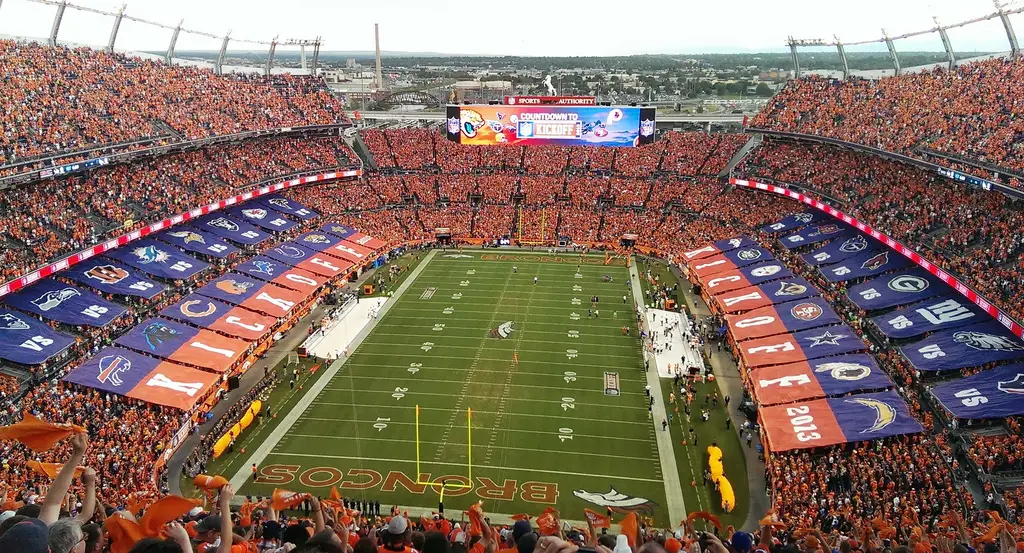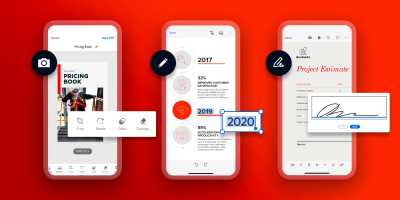Safety improvements have been a priority for the NFL in the 21st century. It is a sport that has had long-term health effects for numerous former players, occasionally leading to tragedy. Football is innately physical, bordering on brutality as 300-pound men hammer into each other.
If you’re just learning how to bet on the NFL or you’re a lifelong fan, you will be well aware of recent changes to improve player safety. Beyond the in-game protocols and obvious alterations, there is a constant push to make the game safer, and technology plays a considerable role in this.
Artificial Intelligence
The NFL has embraced the use of artificial intelligence to aid player safety. Paired with Amazon Web Services, the National Football League has constructed a digital athlete which can simulate the life of a football player and ideally prevent injuries.
This can take in various different data including safety equipment in use, weather and movement types. The end game for such a high-tech program is to be able to have in-depth projections for each player and to understand the impact of changes to equipment or rules.
Sam Huddleston, who is a data scientist at the NFL’s engineering partner, explained the concept, “We’re leveraging computer simulation in order to generate injury reconstructions. That allows us to understand why did this player got injured, and then identify the things we could do to change that outcome.”
Helmet Improvements
While artificial intelligence can help predict potential injuries, not everything can be controlled on the gridiron. It is a physical sport. At times, there are going to be painful collisions, so it is just as important that when such incidents happen, players are sufficiently protected by their equipment.
Chronic traumatic encephalopathy has been found in tens of deceased NFL players. Thousands of former professional football players reached a settlement with the league back in 2013 due to concussion-related injuries, and the protocols for head injuries have been a hot topic over the last decade-plus.
The effectiveness of football helmets has come on leaps and bounds in this century. Again, data is the key to improvements, and much of this is collected through the use of Radio Frequency Identification (RFID) tags on pieces of safety equipment. This tracks what every single player is wearing, and gathers numerous different pieces of information including acceleration and overall distance traveled.
As well as sensors in the pads and helmet, the mouthguard also helps to further the understanding of what NFL players go through during games. This is able to reveal how much a player’s head is moving inside the helmet by both duration and severity.
The collection of this data aids the development of helmets. Technological advancements have completely changed the quality of football helmets, even if their appearance is much the same. Each season, the top-of-the-range helmets are safer than the year before.
Ultimately, position-specific helmets are in the pipeline. This can only be achieved by knowing exact details of the different requirements for each role on the field.
The NFL’s primary goal with player safety is to reduce concussions and CTE. There have already been signs of progress with a considerable drop-off in concussions suffered between 2018 and 2020 compared to the previous three-year period.
There’s no question the NFL is safer thanks to technological innovation, but this is only the start for a league that only recently saw Andrew Luck retire citing health concerns. There’s a long way to go.












Comments